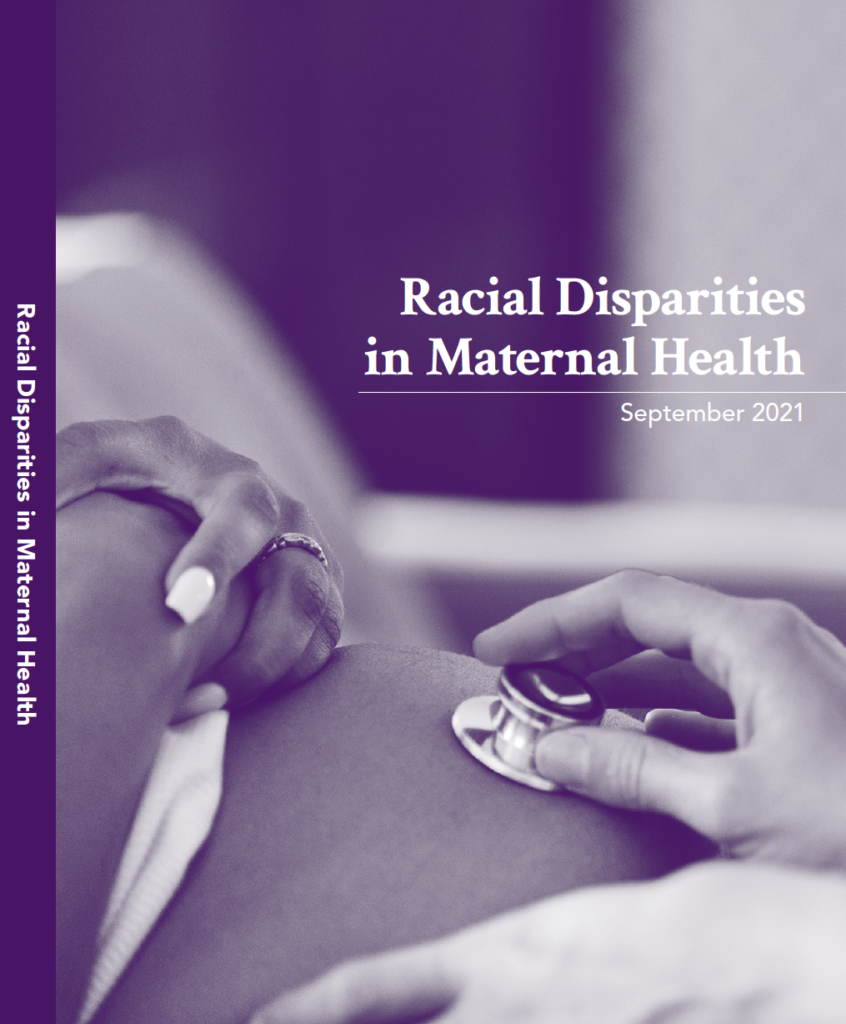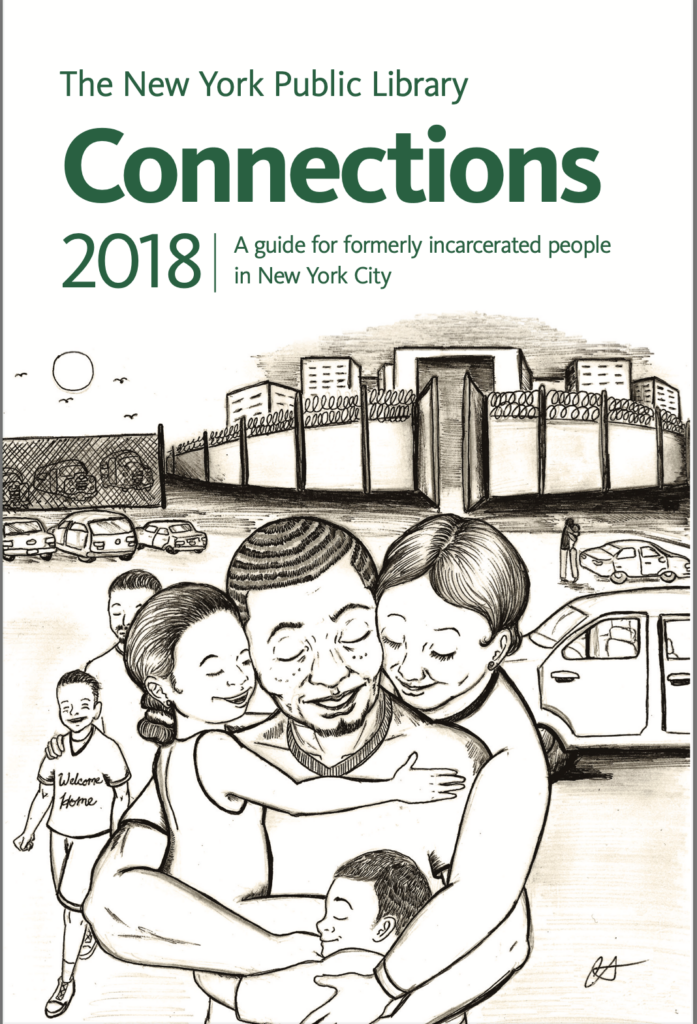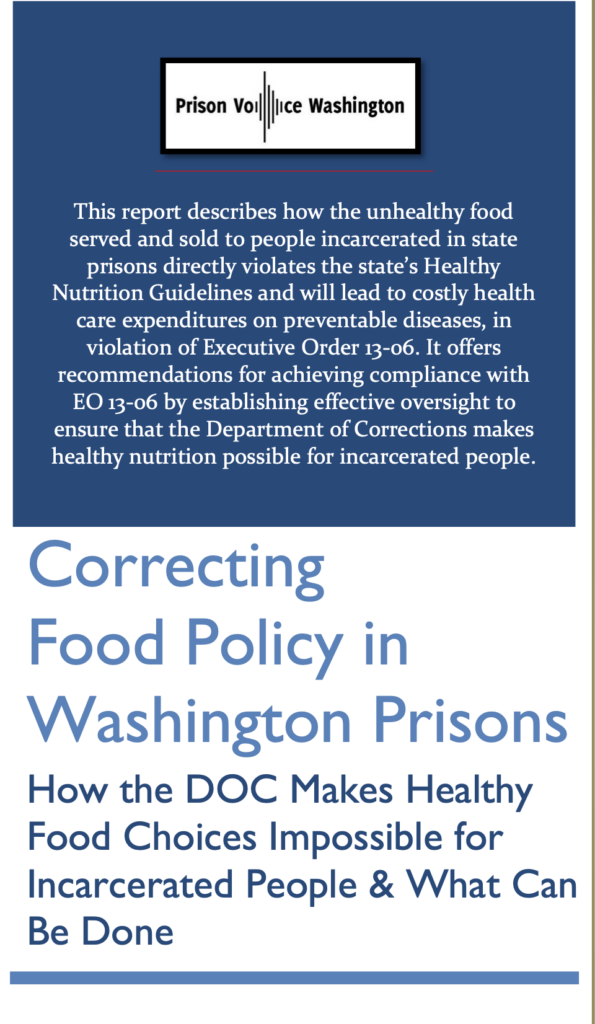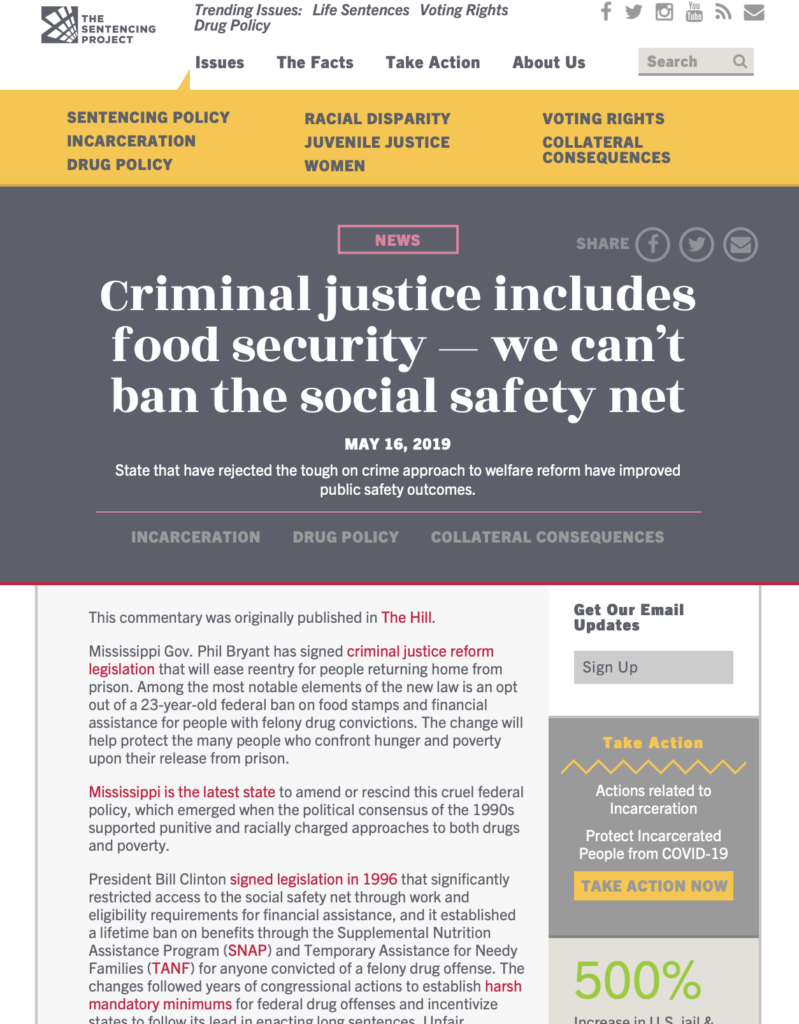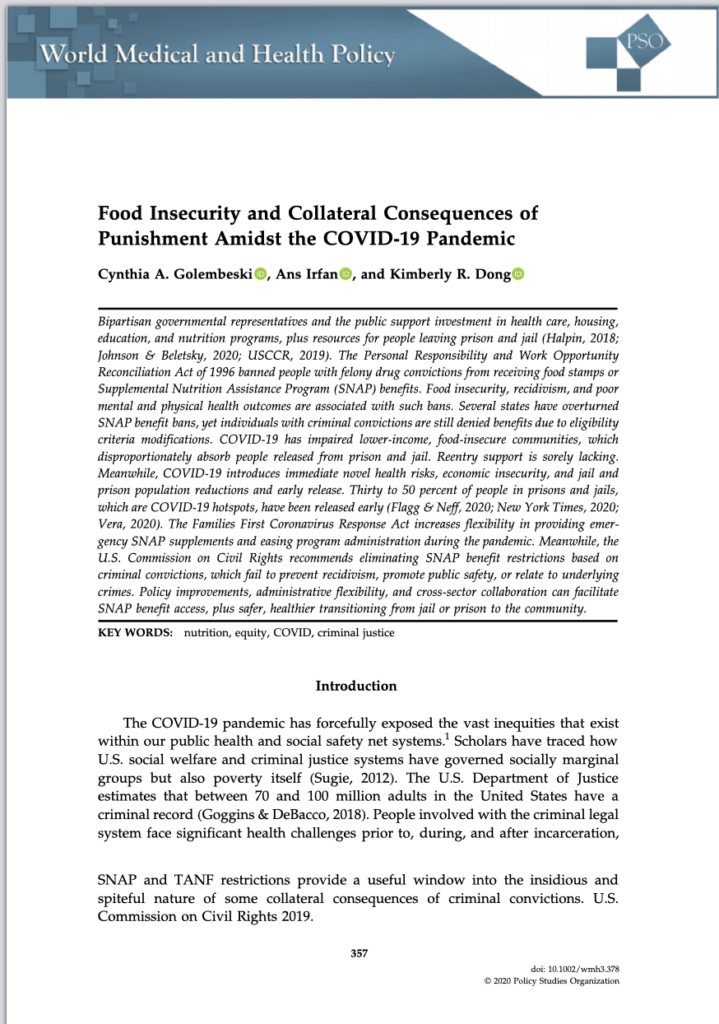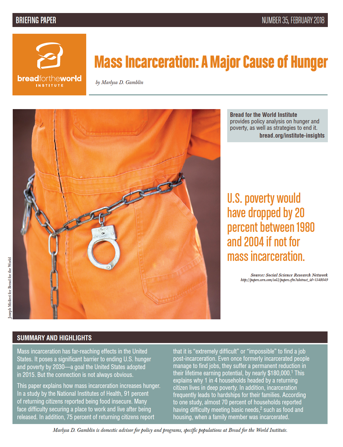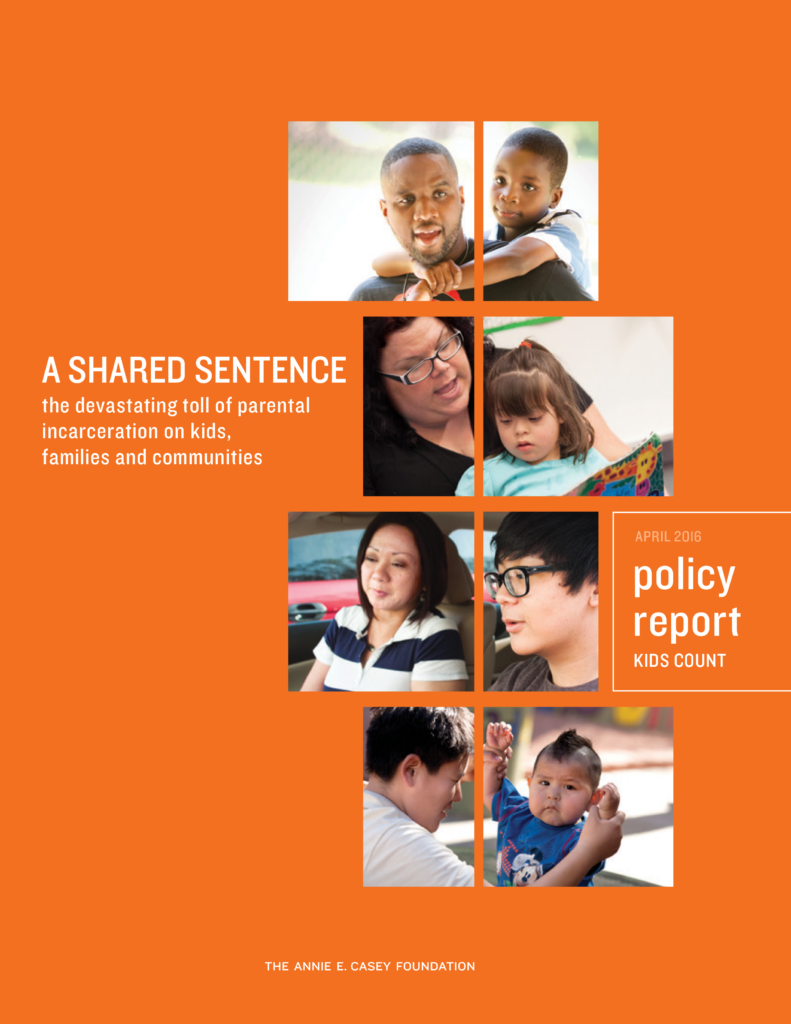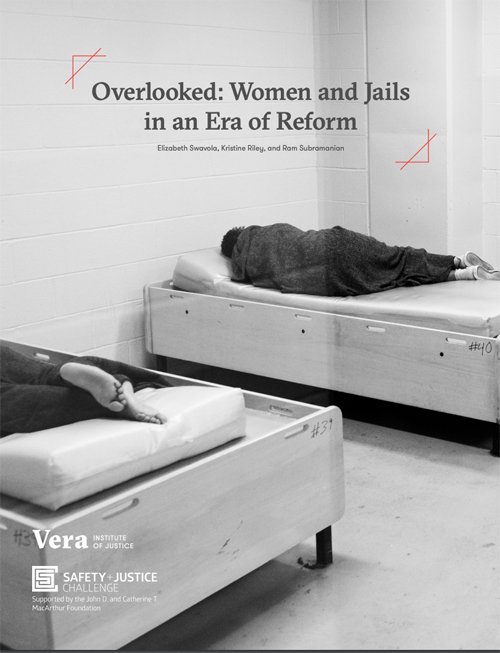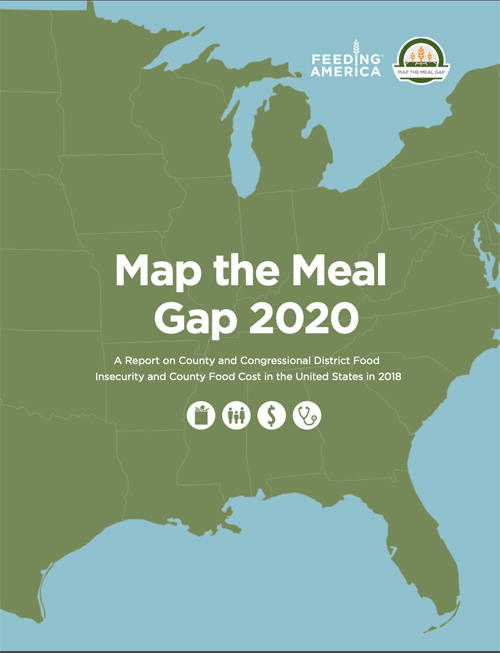Publications
Racial Disparities in Maternal Health
The report evaluates the federal government’s role in addressing racial disparities in maternal health. PUBLICATION: DOWNLOAD PDF
Read MoreConnections 2018
A guide for formerly incarcerated peoplein New York City, Twenty-Third Edition. Connections was first created in 1982 by Steve Likosky, The NewYork Public Library’s first correctional services librarian. The firstedition was a list of resources 42 pages long. Today Connectionslists over 500 agencies and services, reflecting the network ofreentry support in New York City as…
Read MoreFood for thought: Prison food is a public health problem
Research confirms that prison food is not just gross; it is often nutritionally inadequate. A recent report from Washington provides new evidence and our policy analyst examines the public health costs PUBLICATION: DOWNLOAD PDF
Read MoreThe Sentencing Project
Mississippi Gov. Phil Bryant has signed criminal justice reform legislation that will ease reentry for people returning home from prison. Among the most notable elements of the new law is an opt out of a 23-year-old federal ban on food stamps and financial assistance for people with felony drug convictions. The change will help protect the many…
Read MoreFood Insecurity and Collateral Consequences of Punishment Amidst the COVID‐19 Pandemic
SNAP and TANF restrictions provide a useful window into the insidious and spiteful nature of some collateral consequences of criminal convictions. U.S. Commission on Civil Rights 2019. Cynthia A. Golembeski , Ans Irfan and Kimberly R. Dong Bipartisan governmental representatives and the public support investment in health care, housing, education, and nutrition programs, plus resources for…
Read MoreMass Incarceration: A major Cause of Hunger
by Marlysa D. Gamblin. Bread for the World Institute provides policy analysis on hunger and poverty, as well as strategies to end it PUBLICATION: DOWNLOAD PDF
Read MoreA Shared Sentence
The devastating toll of parental incarceration on kids, families and communities policy report kids Count, Annie E. Casey Foundation PUBLICATION: DOWNLOAD PDF
Read MoreThe Uneaten Big Apple: Hunger’s High Cost in NYC
Executive Summary Key Findings: Hunger decreased in New York City, the New York Metropolitan Region, and New York State over the last six years, but remained higher than before the recession. PUBLICATION: DOWNLOAD PDF
Read MoreOverlooked: Women and Jails in an Era of Reform
The Vera Institute sheds light on the population of women incarcerated in United States jails. In an effort to reframe the conversation, they discuss the unique challenges women behind bars face and the ways in which the system exacerbates them. PUBLICATION: DOWNLOAD PDF
Read MoreMap the Meal Gap 2020
As of 2018, the prevalence of food insecurity in the United States finally declined to levels not seen since before the Great Recession began in 2007. However, millions of people continued to struggle. The USDA estimates that 37 million people, including more than 11 million children, in the United States were food insecure in 2018.1…
Read More
